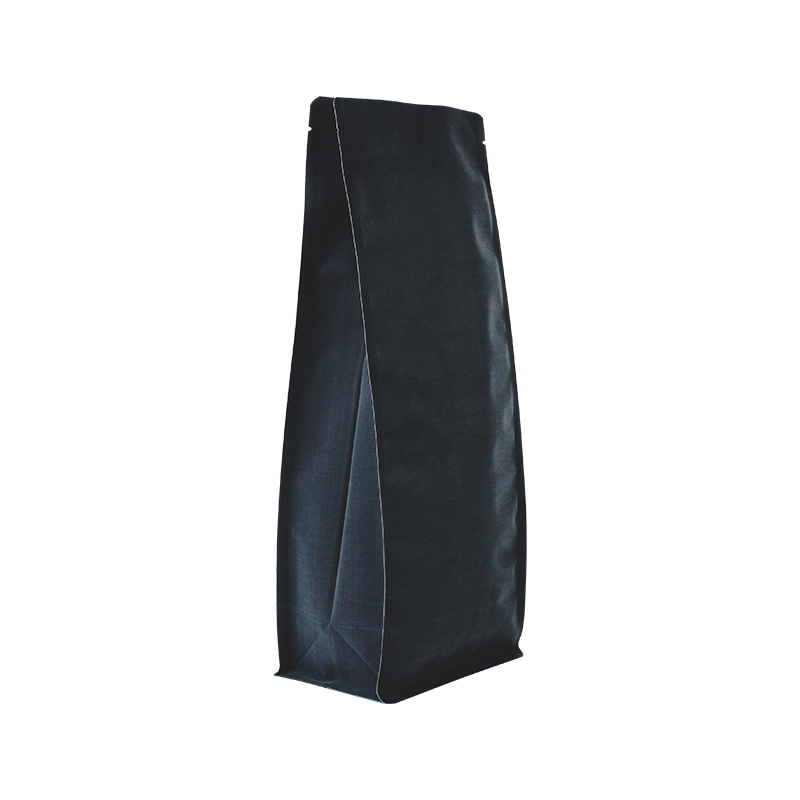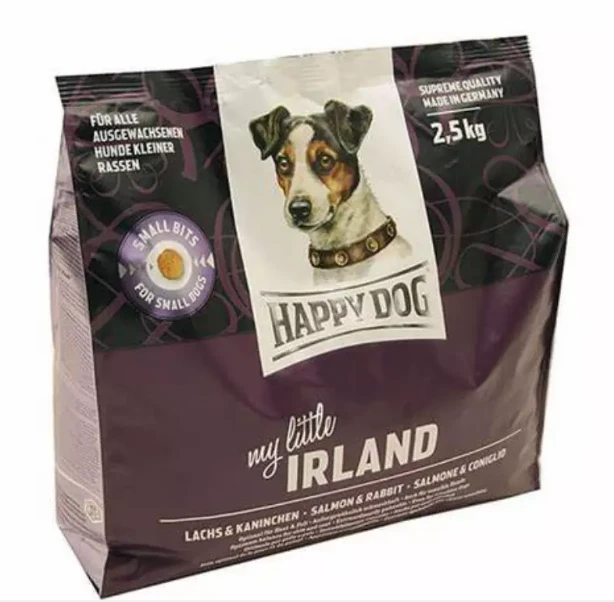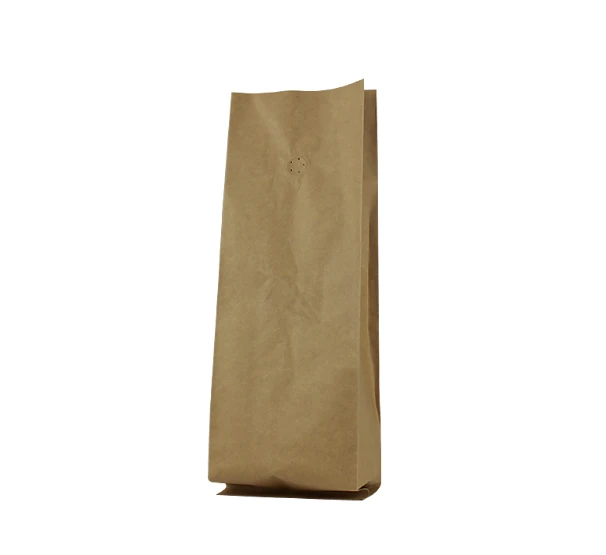- Afrikaans
- Albanian
- Amharic
- Arabic
- Armenian
- Azerbaijani
- Basque
- Belarusian
- Bengali
- Bosnian
- Bulgarian
- Catalan
- Cebuano
- chinese_simplified
- chinese_traditional
- Corsican
- Croatian
- Czech
- Danish
- Dutch
- English
- Esperanto
- Estonian
- Finnish
- French
- Frisian
- Galician
- Georgian
- German
- Greek
- Gujarati
- haitian_creole
- hausa
- hawaiian
- Hebrew
- Hindi
- Miao
- Hungarian
- Icelandic
- igbo
- Indonesian
- irish
- Italian
- Japanese
- Javanese
- Kannada
- kazakh
- Khmer
- Rwandese
- Korean
- Kurdish
- Kyrgyz
- Lao
- Latin
- Latvian
- Lithuanian
- Luxembourgish
- Macedonian
- Malgashi
- Malay
- Malayalam
- Maltese
- Maori
- Marathi
- Mongolian
- Myanmar
- Nepali
- Norwegian
- Norwegian
- Occitan
- Pashto
- Persian
- Polish
- Portuguese
- Punjabi
- Romanian
- Russian
- Samoan
- scottish-gaelic
- Serbian
- Sesotho
- Shona
- Sindhi
- Sinhala
- Slovak
- Slovenian
- Somali
- Spanish
- Sundanese
- Swahili
- Swedish
- Tagalog
- Tajik
- Tamil
- Tatar
- Telugu
- Thai
- Turkish
- Turkmen
- Ukrainian
- Urdu
- Uighur
- Uzbek
- Vietnamese
- Welsh
- Bantu
- Yiddish
- Yoruba
- Zulu
packaging for cosmetics
The Importance of Packaging for Cosmetics A Comprehensive Overview
In the highly competitive beauty industry, cosmetic packaging plays a crucial role in shaping a brand’s identity and influencing consumer purchasing decisions. Beyond mere functionality, effective packaging serves as the first point of contact between the product and its potential buyers, making it a powerful marketing tool. This article delves into the significance of packaging in the cosmetics sector, highlighting design elements, sustainability considerations, and consumer preferences.
Brand Identity and Consumer Perception
The design of cosmetic packaging is intrinsically linked to brand identity. It reflects the values and ethos of a brand, allowing it to communicate its message effectively. Colors, shapes, materials, and typography can evoke specific emotions and associations in consumers. For instance, luxurious brands often opt for elegant, minimalist designs that convey sophistication, while more youthful brands may incorporate vibrant colors and playful graphics to resonate with a younger audience.
Moreover, packaging can significantly influence consumer perception. Products in stylish, contemporary packaging tend to be perceived as of higher quality compared to those in utilitarian designs. This perception can justify higher price points and foster brand loyalty. A study indicated that consumers are more likely to try new products if the packaging is visually appealing or innovative, showcasing the undeniable impact of aesthetic considerations in stimulating consumer interest.
Functionality and User Experience
Functionality is another vital aspect of cosmetic packaging. It should protect the integrity of the product while ensuring convenience for the user. Packaging design must prioritize aspects such as ease of use, storage, and functionality. For example, airless pumps can prevent contamination and extend the shelf life of skincare products, while travel-friendly containers cater to on-the-go consumers. Additionally, the ease of dispensing product affects user experience; cosmetics that are difficult to open or dispense can lead to frustration and hinder the likelihood of repurchase.
Moreover, consumer testing plays an essential role in developing functional packaging. Brands often conduct surveys and focus groups to gather insights on customer preferences regarding ease of use, aesthetics, and sustainability. This feedback guides brands in refining their packaging strategies to ensure they meet customer expectations effectively.
packaging for cosmetics

Sustainability in Cosmetic Packaging
In recent years, environmental consciousness has taken center stage, pushing brands to rethink their packaging strategies. Consumers are increasingly favoring brands that prioritize sustainability and eco-friendly practices. This shift has led to a surge in demand for recyclable, biodegradable, and refillable packaging options in the cosmetics industry.
Brands are innovating to reduce waste by utilizing materials such as glass, aluminum, and post-consumer recycled plastics. Additionally, refillable packaging systems have gained popularity, allowing consumers to reuse containers while minimizing single-use waste. The challenge for brands lies in balancing sustainability with aesthetics and functionality—ensuring that eco-friendly packaging still meets consumer needs without compromising visual appeal.
Consumer Preferences and Trends
Understanding consumer preferences is vital for brands looking to stay ahead in the cosmetics market. Trends in packaging can shift rapidly, influenced by societal changes, technological advancements, and cultural shifts. For instance, the rise of minimalism in product design reflects a broader societal move towards simplicity and authenticity. On the other hand, the growing interest in vintage aesthetics has led some brands to reintroduce retro packaging designs.
Social media also plays a significant role in shaping consumer preferences. With the rise of beauty influencers and platforms like Instagram and TikTok, visually striking packaging is more crucial than ever. Brands are keenly aware that aesthetically pleasing products have a higher chance of being shared and promoted online, amplifying their reach and visibility.
Conclusion
In conclusion, packaging is an integral component of the cosmetics industry that extends beyond mere containment. It serves as a vital marketing tool that influences consumer perceptions, enhances user experience, and reflects brand identity. As consumers increasingly seek sustainable and innovative solutions, cosmetics brands must adapt their packaging strategies to remain competitive. By prioritizing aesthetics, functionality, and sustainability, brands can foster meaningful connections with their consumers and stand out in a crowded marketplace. Investing in thoughtful packaging is not just an option; it's a necessity for success in the ever-evolving world of cosmetics.













